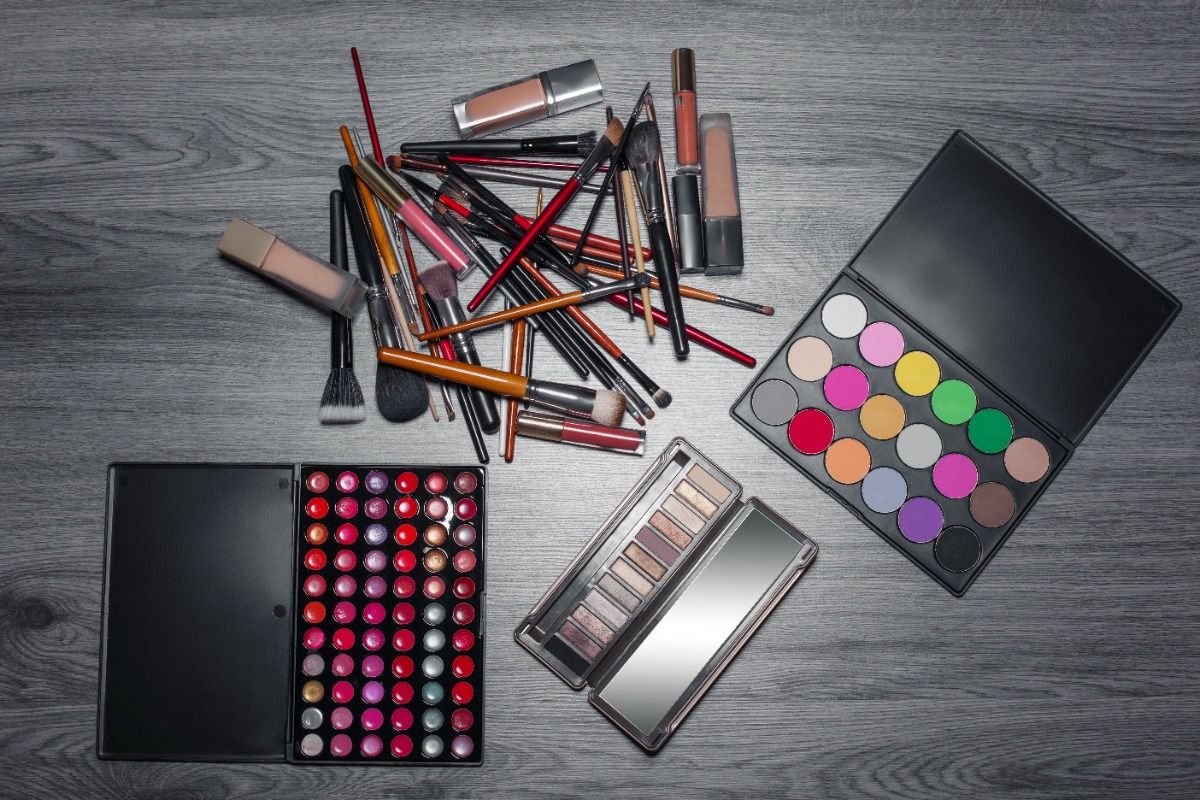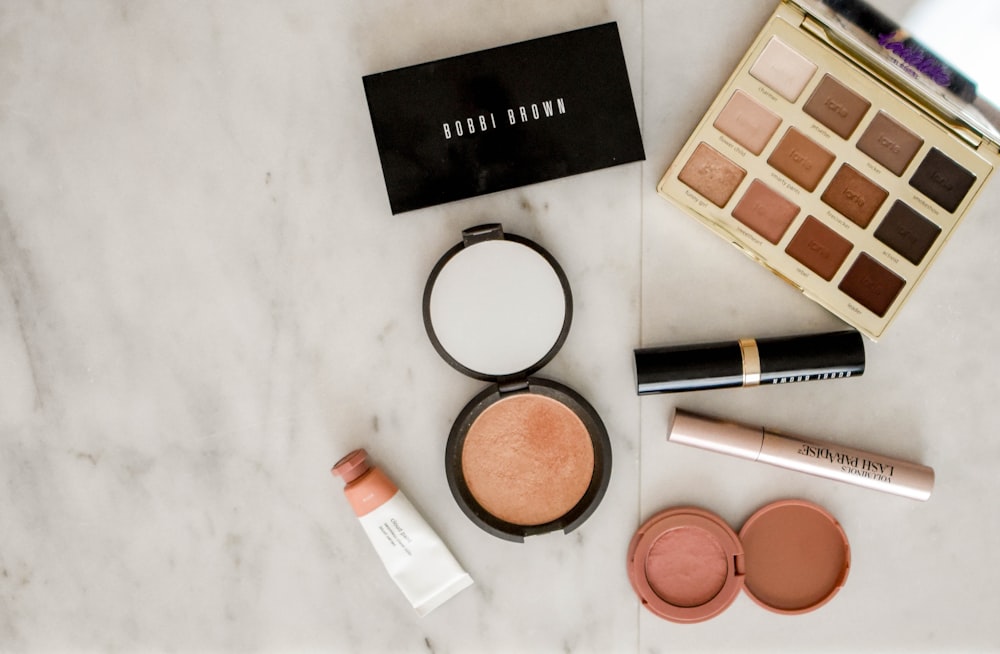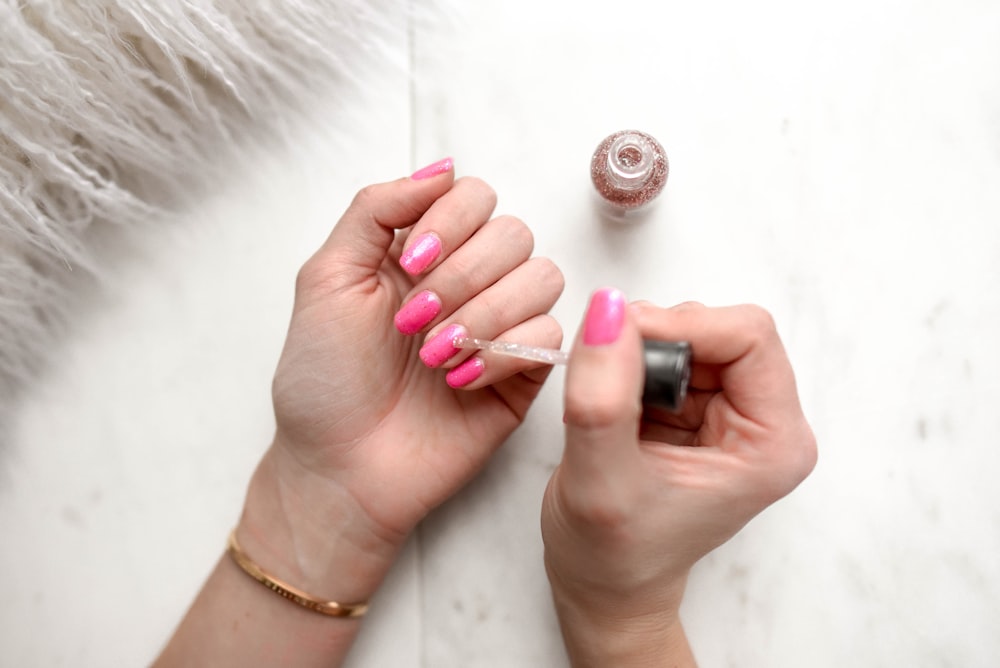
We often go to the store to buy new skincare products and new makeup, but do most of you know which beauty ingredients to avoid? The more we learn about the human body, the more methods we discover for preserving youth and enhancing beauty. New miraculous products appear on the market constantly, promising to banish wrinkles and give you stunning skin without needing much makeup.
The question is, which of these ingredients in beauty products are truly safe, and which ones are the beauty products to avoid?
The good news is many of today’s beauty products are clinically proven, and created according to stringent testing guidelines, to help protect us from dangerous side effects. However, there are still a handful of ingredients out there that you really want in your products.
It’s important to read the list of ingredients on a beauty product before you buy it. Today, we’re going to explore some of the most common beauty ingredients to avoid:
Which Beauty Ingredients are Dangerous?
Everyone is different in terms of reactions to certain ingredients. The way your skin responds to certain substances won’t be the same as the responses your best friend might have. Jumping on the latest skincare trends can be dangerous if you don’t know the details of your skin type, and how your body works.
The best way to make sure you’re getting the most out of your skincare routine (and protecting yourself), is to get a DNA test that gives you a true insight into what your skin needs. Try getting a skin profile report based on your genetics, from taking a DNA test. Studies indicate that genetics are largely responsible for our skin conditions and skin types, such as whether you’re more likely to have younger-looking skin, wrinkles, or hyperpigmentation.
The more you know about your genetics, the more you can customise a skincare routine specific to your needs. Outside of that, the key to protecting your beauty routine is knowing which ingredients are most commonly considered to be bad for your health.
Unfortunately, it’s difficult to know exactly which ingredients to avoid in skincare. We know that we should be choosing organic, natural products over synthetic materials whenever possible. But, which ingredients are simply “not ideal” for our skin, and which are genuinely dangerous?

Ingredients to Avoid in Skincare
Research into harmful ingredients in skincare is still ongoing.
The important thing to note here is that the cosmetic regulations in the EU are some of the strictest in the world and ban more than 1300 ingredients (compared to only 30 in the US). However, there’s still a chance you could be exposing your skin to the wrong substances if you’re using any of the following products with these ingredients:
1. Parabens
One of the most common ingredients found in cosmetic products, parabens are a kind of preservative that helps your makeup last longer. Unfortunately, many parabens are also considered “endocrine disruptors”, according to the National Institute of Health.
Substances like Propylparaben, isobutyl paraben, and methylparaben are chemicals responsible for interfering with the body’s endocrine system, which can lead to adverse neurological, reproductive, and immune system effects. Although research is still ongoing into how dangerous these substances are, it’s best to stay away from Parabens wherever you can.
2. Synthetic Colours
Synthetic colours are extremely common in beauty products. They bring tint to our lipsticks and help us make our eyelashes look thicker and darker. One of the most dangerous synthetic colours you might encounter today is carbon black, which is now on the FDA’s list of banned toxic ingredients.
Responsible for the pigment in eyeliner and mascara, carbon black, for example, help with darkening products in beauty. Although small doses shouldn’t be too much of a significant health concern, studies are beginning to demonstrate that carbon black may be linked to issues like lung problems, hormone production, and even an increased risk of cancer.
3. Synthetic Fragrances
With so many naturally beautiful scents in the world, who needs synthetic fragrance? Originally, the term fragrance was used as a way to protect the secret formula of cosmetic companies. However, according to the Environmental Working Group, many synthetic fragrance mixes have been associated with respiratory distress, allergies, dermatitis, and even a potential influence on the reproductive system.
Try to ensure all of your scents come from natural sources when choosing body washes, shampoos, conditioners, perfumes, and colognes.
4. Petroleum Jelly
Even if you’re not a huge beauty fan, you’re probably familiar with petroleum jelly. This substance appears frequently in all kinds of lotions and skin care products, as a moisturizing agent. This substance, when refined, isn’t harmful to our health at all. Unfortunately, in some parts of the world, it’s more common for the jelly not to be refined properly, which leads to polycyclic aromatic hydrocarbons, or PAHs.
Unrefined petroleum jelly and the PAHs within it are defined by the Breast Cancer Prevention group as a collection of over 100 chemical compounds that are common in the environment. These substances are classified as skin irritants and potential human carcinogens.

5. Phthalates
Found in all kinds of cosmetic products, from nail polishes to fragranced lotions, Phthalates are actually chemicals that are supposed to make plastics more malleable. The FDA has detected the use of this substance in hair sprays, nail polish and fragrances in the past, but many experts agree that the substance isn’t safe for human use.
Like most ingredients to avoid in skincare, Phthalates are linked to developmental and endocrine disruption, reproductive toxicity and even an increased risk of cancer.
6. Formaldehyde
You might be surprised to learn that something like Formaldehyde could actually be hiding in your beauty products. This preservative is commonly used in cosmetic products as a way of reducing the growth of bacteria. This chemical was deemed as a carcinogen by The International Agency known as IARC, as it’s been linked to a higher risk of various cancers.
Formaldehyde is also known for increasing the risk of various allergic skin reactions and can often be harmful to the immune system. The substance still appears in conditioners, body washes, nail polish, and cleansers, though it’s less common today.
7. Propylene Glycol
Small organic alcohol typically used as an agent for skin conditioning, Propylene Glycol doesn’t seem like one of the beauty ingredients you should avoid at first. However, many experts believe this substance is a common skin irritant. What’s more, the substance has a habit of penetrating into the deeper levels of the skin, causing issues like hives and dermatitis.
How sensitive you might be to this kind of substance will depend on a number of things, including your genetics. However, negative side effects can begin to emerge when you’re exposed to even the tiniest amounts of alcohol. Concentrations as low as 2% still lead to negative results.

8. Toxic sunscreen
Sunscreen is one of the most important things you can use in the beauty industry today. Not only does it help to keep your skin in great condition, but wearing it protects your skin from sun exposure and lowers your risk of skin cancer. However, some sunscreens are more dangerous than others.
Look out for names like PABA, Benzophenone and Homosalate on the back of your sunscreen bottle. These chemicals are endocrine disruptors, but they can also significantly increase your chances of absorbing ultraviolet light. Some researchers believe that the chemicals actually increase your chances of cellular damage and cancer, which is the exact opposite of what you want to achieve.
Avoiding Harmful Ingredients in Skincare
It’s difficult to avoid every synthetic chemical in your skincare and beauty products. That’s particularly true when glancing at the label on a bottle of moisturizer can be enough to confuse even the most scientifically minded person. The best thing you can do is research before you buy. Get to know your skin and the ingredients you’re most likely to be sensitive to.
At the same time, check the EWG skin deep database for updates on the toxic chemicals that appear in skin care products, and how you can identify them.
Other common substances to be aware of include:
- Toluene: A chemical is taken from petroleum; this substance is a solvent that can dissolve the paint. The chemical can have a negative impact on your respiratory system, and also causes issues like nausea and irritation. It’s commonly linked to nail polish.
- SLS: Sodium laurel sulphate or SLS is present in around 90% of personal care and cleaning products. It can combine with other products to create carcinogens that are harmful to the lungs and kidneys.
- Triclosan: An antimicrobial chemical, Tricolson appears in toothpastes and deodorants. Studies show it can be an endocrine disruptor, and that may cause some issues with making bacteria antibiotic-resistant.
Always be sure you check the labels on your beauty products before you add them to your daily skincare routine. You never know what’s hiding behind those complicated names. If you’re unfamiliar with an ingredient listed, get out your phone and google it, or bring up this article on your phone and double-check it’s not one of our harmful beauty ingredients to avoid. Sometimes, beauty products with more natural, less synthetic ingredients and fewer chemicals are more expensive. It may be worthwhile to spend a little more on products that you know are good for your skin, and safe to use.






